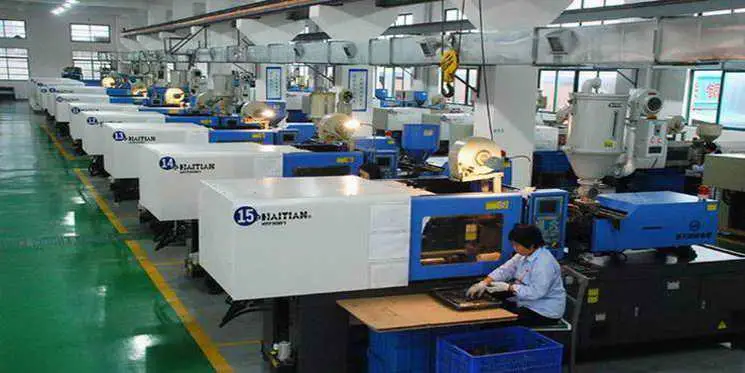What is PA (polyamide), and what are its characteristics and uses?
PA, also known as nylon, is a general term for plastics made of high molecular weight polymers containing amide groups in the polymer chains, and there are as many as dozens of varieties. It can be formed by the condensation reaction of diamine and dicarboxylic acid or by the self-polymerization of the amide monomer. The number of carbon atoms in the molecular structure of PA determines its naming. For example, a condensation product made from hexanediamine and decanedioic acid is called PA610, where the first number represents the carbon atom number in the diamine, and the second number represents the carbon atom number in the dicarboxylic acid. If obtained from the self-polymerization of amino acids, it is determined by the carbon atom number in the amino acid, such as PA6 if there are 6 carbon atoms in the amide polymer.
(1) Common characteristics of PA
PA is a linear high polymer with a strong hydrogen bond between the amide groups, forming a significant force between the polymer molecules. This force leads to a crystalline structure in the aggregated state of PA, making it a crystalline polymer with high mechanical strength and a distinct melting point. Different varieties of PA have different hydrogen bond densities, affecting their mechanical strength. PA6 and PA66 have the highest hydrogen bond density, hence better mechanical strength, which decreases as the number of carbon atoms in the chain increases.
PA has a density of 1.0~1.01g/cm³, an average molecular weight of 20,000 to 70,000, and a crystallinity of 40%~60%. It is highly hygroscopic, expanding in volume after absorption, affecting the dimensional accuracy. The methyl groups (CH) in the PA molecular chain act as hydrophobic groups, decreasing the water absorption rate with an increase in hydrophobic group quantity. PA6 has the highest water absorption rate at 2% after 24 hours, while PA1010 is 0.39% and PA12 is 0.25%.
Most PA materials are tough and opaque, odorless, non-toxic, with a characteristic odor resembling burnt wool when burned. They exhibit high crystallinity, high melting points mostly above 200°C, oil and solvent resistance. PA offers excellent mechanical properties, with superior tensile and impact strength compared to general plastics, along with high fatigue resistance. It also has low friction coefficients, good self-lubricating properties, and good resistance. PA shows good chemical resistance to acids, alkalis, and salts, good solvent resistance, good oil resistance, better gas tightness than PE and PP, non-static, and good printability. Compared to other thermoplastic materials, PA has a relatively narrow softening temperature range with a distinct melting point and good low-temperature resistance. However, it is prone to water absorption, leading to a rapid decrease in gas tightness after absorption; high moisture permeability, poor dimensional stability under high humidity, poor high-temperature stability, and susceptibility to degradation and aging. PA is not resistant to formic acid, phenol, alcohols, and concentrated alkalis.
(2) Main uses of PA
The excellent properties of PA make it widely used for manufacturing mechanical parts with a certain load-bearing capacity such as gears, bearings, pump impellers, sealing rings, and worm gears. It is also used in manufacturing electronic and electrical components like coil frameworks and various insulating components. In chemical equipment applications, PA is used to make chemical pipelines, equipment components, etc. Additionally, it is used in textile and food machinery parts where oil contamination is not allowed. Containers made of PA are widely used for packaging pesticides and chemical reagents.

